|
A few weeks ago, COVID finally got me, and making myself a simple chicken noodle soup made me feel so nourished, even as I felt terrible. So when a friend told me she had also gotten COVID, feeling fatigued with a cough, I knew I had to make something and bring it over. But my friend is vegetarian, so chicken soup was out. What to make? Inspiration struck in the form of chickPEA noodle soup. I didn't have any intention of posting this recipe, but my friend thought it was so good she demanded I share, especially since vegetarian and vegan-friendly alternatives to chicken soup are often so few and far between. It is incredibly easy and quick to make, so even if you don't have anyone to cook for you, you can tackle this recipe. If you are feeling under the weather, this will perk you right up. To be honest, in many ways, I thought it was better than traditional chicken noodle soup, and it will probably go in regular rotation, especially when I'm not feeling well. Vegan Chickpea Noodle SoupThis soup relies heavily on the quality of your vegetable stock. I used Better Than Bouillon refrigerated organic vegetable bouillon doctored with some herbs and turmeric for color and flavor and it turned out lovely. It also scales up nicely and frankly, the bouillon is the most expensive ingredient! Everything else is eminently affordable. If you're feeding a crowd or want to double the recipe for a week of lunches or to freeze, you can. It's also extremely quick. The whole thing, including chopping vegetables, probably took about 30 minutes, start to finish. Which is nice when you're feeling under the weather or you need some comfort food in a hurry. 2 tablespoons fat (I used 1 each olive oil and salted butter) 1/2 cup sliced carrots 1/2 cup minced celery 1 small onion, minced (about 1/2 a cup) 1 clove garlic, finely minced 1 can chickpeas 4-5 cups water 4-5 teaspoons bouillon (less if you like a thinner, less salty broth, substitute 1 bouillon cube per teaspoon) a few generous shakes of ground turmeric a shake or two of dried thyme a pinch of dried marjoram a pinch of ground pepper 1 bay leaf a small handful (about the size of a nickel) of short spaghetti In a large stockpot over medium heat, sauté the carrots, celery, and onion in the fat until the onion is translucent. Add the garlic and stir well. Let it keep cooking while you drain, but do not rinse, a can of chickpeas. Add the chickpeas and water to the pot, then add the bouillon and herbs and spices. Bring to a boil, reduce heat to medium-high, and let cook until the vegetables and chickpeas are tender, 5-10 minutes. Then add the spaghetti and simmer/boil until the spaghetti is tender. Serve hot with plenty of fresh bread and butter, or biscuits (my friend felt well enough to make some garlic cheddar biscuits. I was jealous), or Saltines, or any other comforting carb you prefer. The vegetable bouillon I used does have tomato in it, so discerning palates will be able to detect a hint of tomato in the broth, but it's not particularly noticeable. If you are using boxed vegetable broth, add a tablespoon of soy sauce (an ingredient in the bouillon) or miso paste for some extra umami flavor and richness. The tender chickpeas really do mimic the flavor and texture of chicken, and the broth is almost identical. Don't skimp on the fat - you want some of that golden goodness floating on top. But my husband commented that it tasted less greasy than chicken noodle soup, and that he preferred this lighter version. From a distance, it even looks like chicken noodle soup. Keep this recipe in your back pocket when you are in need of some comforting. It's easy, inexpensive, and healthy. Just the ticket to get you feeling better. You could also easily riff this soup to substitute potatoes or rice for a gluten-free alternative to the pasta, add other vegetables like frozen peas and/or corn, and add cream or milk for a creamier broth. If you like your soup brothier, add more water and more bouillon. If you don't have chickpeas and want to substitute another type of legume like cannellini beans, I recommend adding them after the pasta is done cooking, otherwise you'll end up with beautiful, golden, bean mush. Chickpeas are a little sturdier and I find they often need extra cooking to soften them up a bit, but cannellini beans will start to disintegrate after a few minutes of boiling. I hope you haven't been sick recently, but this new extra-contagious variant is going around, and most of us have spent the last two years avoiding getting regular colds and the flu, so our immune systems aren't quite as up to the challenge as they might usually be. The season of spring also means pollen, leading to irritated throats and sinuses for some of you. This soup will make you feel better, whatever ails you. Stay healthy, dear reader. The Food Historian blog is supported by patrons on Patreon! Patrons help keep blog posts like this one free and available to the public. Join us for awesome members-only content like free digitized cookbooks from my personal collection, e-newsletter, and even snail mail from time to time! Don't like Patreon? Leave a tip!
0 Comments
It's been cold and snowy lately here in the northeast, and sometimes you just have to have soup. But going to the grocery store in a snowstorm is ill-advised. This recipe lets you use up all kinds of bits and ends that might be languishing in your refrigerator.
This particular recipe is my own creation, based on what was in my kitchen, but is entirely inspired by history. Several parts of history, in fact. The first is reducing food waste. Historical peoples did not throw out potatoes just because they were starting to sprout, or lettuce because it was a bit wilted, and neither should you. Putting lettuce in soup is also extraordinarily historic, and a practice that should be revived. Another is that this recipe is based on one of my favorites, "Green Onion Soup," from Rae Katherine Eighmey's Hearts & Homes: How Creative Cooks Fed the Soul and Spirit of America's Heartland, 1895-1939 (2002). Eighmey read hundreds of agricultural magazines and gleaned recipes and wisdom from the farm home sections. Found in the December 26, 1924 issue of Wallace's Farmer, Green Onion Soup is a unique recipe. A combination of simply green onions and potatoes, the soup is cooked in a small amount of water, and then partially mashed right in the pot without draining. Cream and milk are added to thin the soup and add richness. The soup is comforting and nourishing and retains all of the vitamins and minerals that might otherwise be lost by draining away the cooking water. Which brings me to the final inspiration - vitamin retention in the style of recipes from World War II. By cooking the vegetables in the water that becomes the broth, you lose far fewer nutrients and flavor. Plus, other aspects of the soup are also quite appropriate to WWII - it's meatless, in line with rationing, and makes good use of milk, a favorite 1940s ingredient. Creamy Kitchen Sink Soup Recipe
I had a number of foods that needed using up that made their way into this soup: a few red potatoes, a head of wilted red lettuce, the fresh bits of baby spinach out of a box that was on the verge of getting slimy, a whole celery root starting to go a bit soft, some garlic starting to go green in the middle, and the tail end of a gallon of milk. The only fresh addition was two bunches of green onions. You could modify it pretty much however you want - any kind of greens, any kind of onion, any kind of root vegetable.
4 red potatoes 2 bunches green onions (scallions) 1 celery root 3 cloves garlic 1 head red lettuce 1-2 cups baby spinach water salt pepper 1/2 cup half and half 1 cup buttermilk whole milk Scrub and dice the potatoes, cutting away any eyes or bad parts, but leave the skin on. Slice the green onions, white and green parts. Cut away the knobbly skin from the celery root, then cut into small dice. Mince the garlic, wash and chop the whole head of lettuce. Add it all, with the spinach to a large stock pot and add water not quite to cover. Add at least 1 teaspoon salt (I used wild garlic flavored crystal salt languishing in a drawer) and bring to a boil. Reduce heat and simmer hard until all vegetables are very tender and potatoes fall apart when pierced with a fork. Do not drain. Using a potato masher or sauce whisk, mash vegetables in the pot until blended with the water, leaving some chunks. Add a the half and half and buttermilk (or you could use part heavy cream, or leave out the buttermilk, or just use milk) then add milk to thin out the soup and to taste. Taste for salt and add more if necessary, along with pepper and whatever other herbs and spices you like. Serve nice and hot with buttered bread or toast. The buttermilk does add a nice, distinctive tang. If you don't have any, add a dollop of sour cream, or some plain yogurt, or a splash of lemon juice. You could make this vegan with plant-based milk and butter. For a different flavor, add whatever fresh herbs you have lying around - dill, parsley, basil, and cilantro would all be good here. Add vegetable broth and some lemon juice instead of milk for a bright, brothy soup instead of something creamy. Use sweet potatoes or squash and tomato broth with the greens. The possibilities are really endless.
If you'd like more interesting recipes, you can purchase Eighmey's book from Bookshop or Amazon - either way, if you do, your purchase will support The Food Historian!
The Food Historian blog is supported by patrons on Patreon! Patrons help keep blog posts like this one free and available to the public. Join us for awesome members-only content like free digitized cookbooks from my personal collection, e-newsletter, and even snail mail from time to time!
For those of you who have been following along, this is part of my "Dinner and a Movie: White Christmas" series! I wanted to find a vegetarian main dish to go with the movie, and given that Christmastime is cold up here in New York, I thought soup would be something cozy and not too elaborate. In perusing some of my vintage cookbooks, I ran across this gem in the 1977 New York Times New England Heritage Cookbook by Jean Hewitt. Clam chowder is, of course, quintessentially New England, which seemed appropriate given that our Fabulous Quartet were headed to Vermont for the winter holiday. And clam chowder is one of my husband's favorites, but I'm allergic to shellfish. This recipe for Parsnip Chowder is attributed to Vermont, which makes sense given that that great state does not border the ocean. And since parsnips are a delightful, if underutilized, vegetable, I thought I would give this chowder a go. Because our friend is vegetarian, I did end up making a few changes. Vermont Parsnip Chowder (1977)Here's the original recipe (pictured above): 1/3 cup diced salt pork 2 onions, thinly sliced 2 1/2 cups peeled, cubed parsnips 1 cup peeled, cubed potatoes 2 cups chicken broth 4 cups milk, scalded 3 tablespoons butter salt and freshly ground black pepper to taste 1/3 cup rolled cracker crumbs 1. Sauté the salt pork in a large, heavy saucepan until the fat is rendered and the pork pieces are crisp. Remove the pieces and reserve. 2. Add the onions and sauté until golden. 3. Add the potatoes and parsnips and cook, stirring, three minutes. Add the broth, bring to a boil, cover, and cook over low heat until the vegetables are tender, about twenty-five minutes. 4. Add the milk, butter, and salt and pepper and bring to a boil. Stir in the cracker crumbs and reserved pork pieces. Yield: Eight servings. Okay, so, I did not make many changes, but I did make a few substantial ones, which I think turned out quite nicely. Here are my changes: 1/4 cup olive oil (or half a stick of butter) 1 tablespoon smoked paprika 2 onions, sliced 4 cups parsnips, peeled and cubed (about 3 large parsnips) 2 cups red potatoes, cubed (about 3 smallish ones, and I like the peel for texture) 3 cups water 1 cup heavy cream 3 cups whole milk garlic salt black pepper In a large pot over medium heat, bloom the paprika in the olive oil, then add the onions and sauté until tender. Add the parsnips and potatoes and stir to coat. Let cook until slightly browned in spots. Add the water and bring to a boil, then reduce heat and simmer, covered, until the vegetables are fork-tender. Add the heavy cream, milk, garlic salt, and pepper, and simmer, cover off, until the chowder thickens. Taste and add more salt if necessary. The parsnips and onions make it quite sweet. The chowder turned out beautifully - a thick, creamy texture with tender bits of parsnip and potatoes (the onions basically melted into the cream) and a lovely golden color. The cream really thickens the chowder up without the addition of crackers (although you could add saltines or oyster crackers if you want). We ate up the leftovers pretty quickly, and in some ways it was better the next day. What do you think? Is parsnip chowder something you would try? Do you think it goes with White Christmas (1954)? Let me know in the comments! And be sure to follow the White Christmas tag or visit the original menu post for the rest of the White Christmas Dinner and a Movie menu. Want to see more Dinner and a Movie posts? Make a request or drop your suggestions in the comments! The Food Historian blog is supported by patrons on Patreon! Join us for awesome members-only content like free digitized cookbooks from my personal collection, e-newsletter, and even snail mail from time to time! Today was a chilly VERY blustery day - my styrofoam Halloween headstone actually blew away this morning! Luckily it only blew into the side yard and wasn't too damaged. Long story short, it seemed like the perfect weather for chicken and dumpling soup. Only problem? I'd yet to find a good dumpling recipe. Until I consulted the glorious Ida Bailey Allen and her 1942 Money-Saving Cook Book. Ida Bailey Allen is one of my favorite relatively unknown celebrity cookbook authors. She was PROLIFIC and published over 50 cookbooks in her lifetime, from 1917 to the 1973 Best Loved Recipes of the American People, published the same year she died. A food writer, magazine editor, and essentially the founder of homemaker radio (she was the president of the Radio Homemakers Association), she was also the first female food TV host with her show "Mrs. Allen and the Chef" (you can listen to clip here!). One of the only moving images of Mrs. Allen that seems to survive on the internet is this little clip from the 1940s - a retrospective of the 1920s. Candy in tea! Who knew? Her Money-Saving Cook Book, first published in 1940 was republished in 1942 as a Victory edition, which is the version I have. It's just a delightful cookbook - chock full of basic, easy, and inexpensive recipes, as well as a bunch of 1940s-style vegetable recipes that I can't wait to try out. So when I was on the hunt for a dumpling recipe to go with my chicken soup, this one of the first cookbooks I consulted, and it did not disappoint. First, let's start with the chicken soup. Scratch Chicken Soup1 pound chicken 5 quarts water (or 4 quarts water and 1 quart chicken stock) 1 onion 2-3 ribs celery 1 cup diced carrots 1 cup frozen peas 1 cup frozen corn (or 1 bag mixed frozen corn, peas, and carrots) salt & pepper to taste Soup is always way easier than people think. It's just a matter of adding ingredients at the right time depending on how long they have to cook. Start with the chicken. You can use boneless or bone-in, skin-on. If using boneless, substitute 1 quart of water with chicken stock for extra flavor. In a large stock pot (I used my favorite cast iron dutch oven), add the chicken, water (and/or stock), onion, celery, and carrots (if using fresh). If not using chicken broth (which is salted), add a teaspoon of salt. Bring to a boil and reduce heat to a simmer, cooking until the chicken is cooked-through and the carrots are tender. About 20 minutes. Remove the chicken from the broth, dice, and return to the pot. Add the frozen vegetables and return to a simmer. Once the vegetables are tender, voila - chicken soup. You can now proceed to the dumpling recipe. Ida Bailey Allen's Puffy Drop DumplingsI didn't want to roll out the dumplings, so I used the Drop Dumpling version of the recipe. Here's the original, which turned out pretty well! I did substitute butter for the shortening. If you use salted butter, reduce the salt in the recipe to 1/2 or 3/4 teaspoon. 2 cups all-purpose flour 1 teaspoon salt 1 teaspoons baking powder 1 tablespoon unsalted butter 1 cup whole milk Use a balloon whisk to blend the flour, salt, and baking powder together. Cut the butter into small pieces and squish in the flour with your fingers (or cut in with a pastry blender) - there should be small chunks or streaks of butter left in the floury mixture. Then add 1 cup milk. Mrs. Allen called for a scant cup, but that wasn't quite enough - my mix was dry instead of being soft. Using a regular table or soup spoon, drop bits of dough about the size of a walnut (or a little larger) into the simmering soup. There will be a lot - submerge any exposed parts under the broth to make sure they steam properly. They'll start puffing up/breaking up almost immediately. Cover the pot and simmer for about 5 minutes. The flour from the dumplings will thicken the broth nicely. The dumplings exceeded my expectations - being a cross between that doughy chew you expect from a nice soup dumpling and light and spongy on the inside of the larger ones. All in all - a perfect one pot supper on a blustery, chilly day. The Food Historian blog is supported by patrons on Patreon! Join us for awesome members-only content like free digitized cookbooks from my personal collection, e-newsletter, and even snail mail from time to time!
|
AuthorSarah Wassberg Johnson has an MA in Public History from the University at Albany and studies early 20th century food history. Archives
July 2024
Categories
All
|
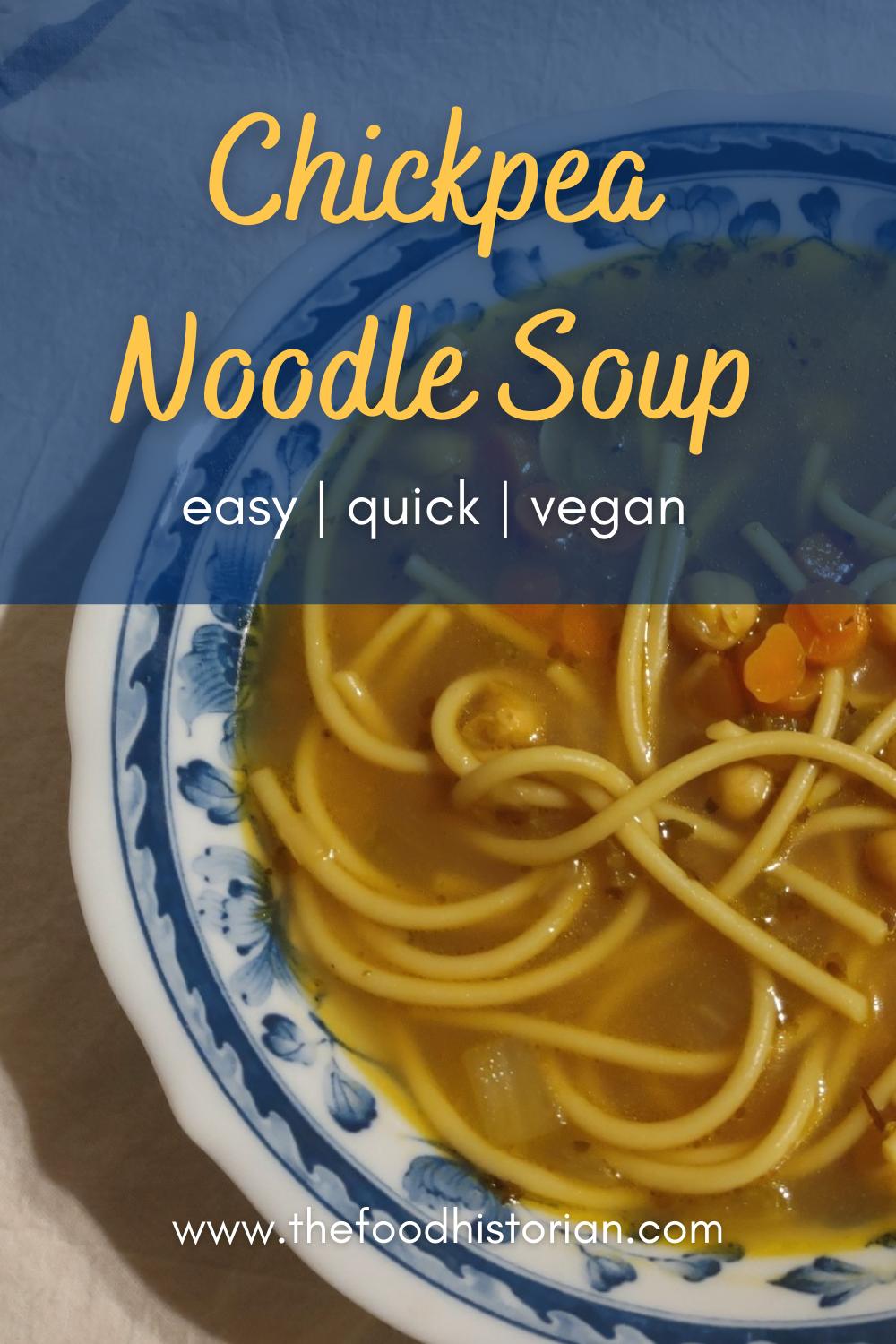
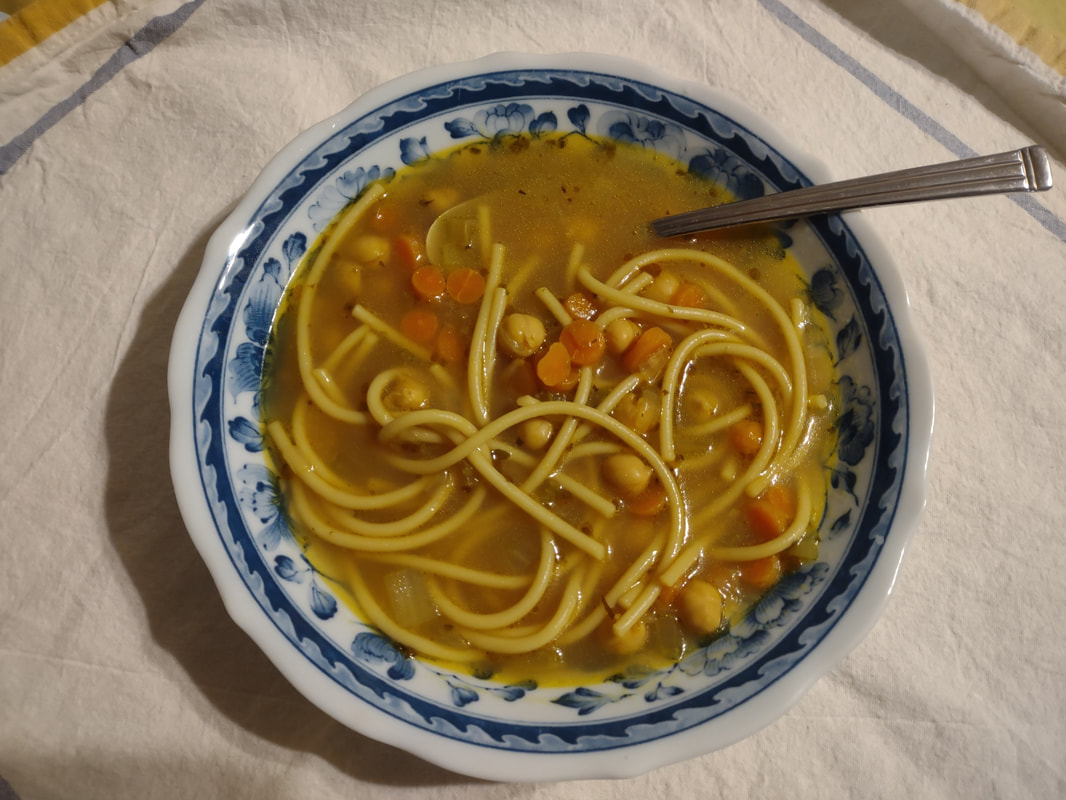


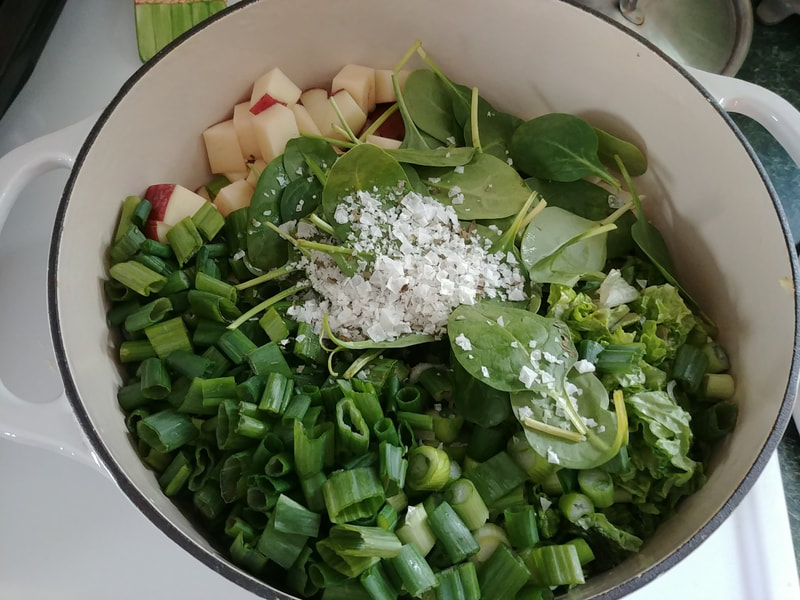
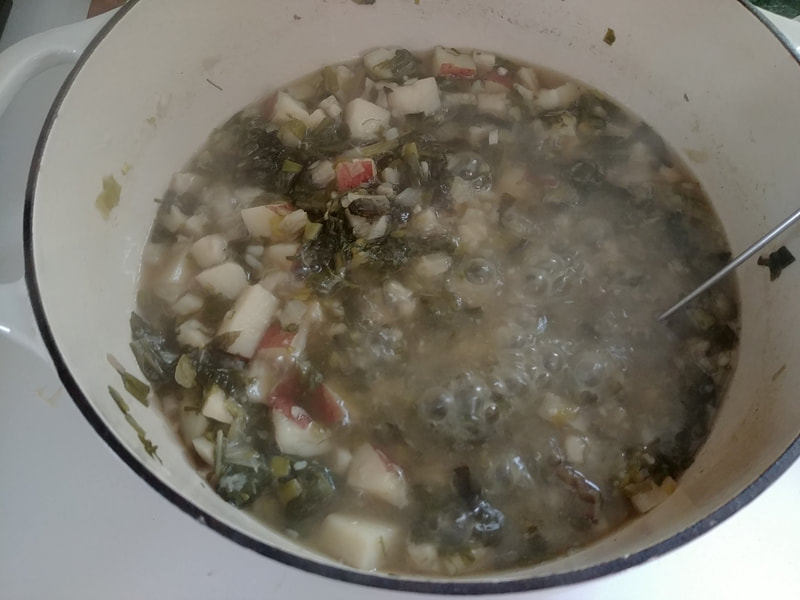
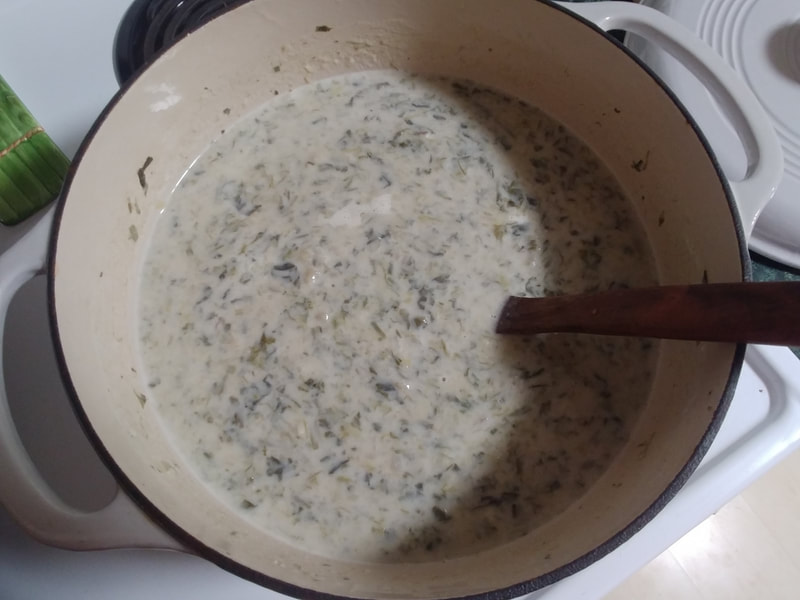
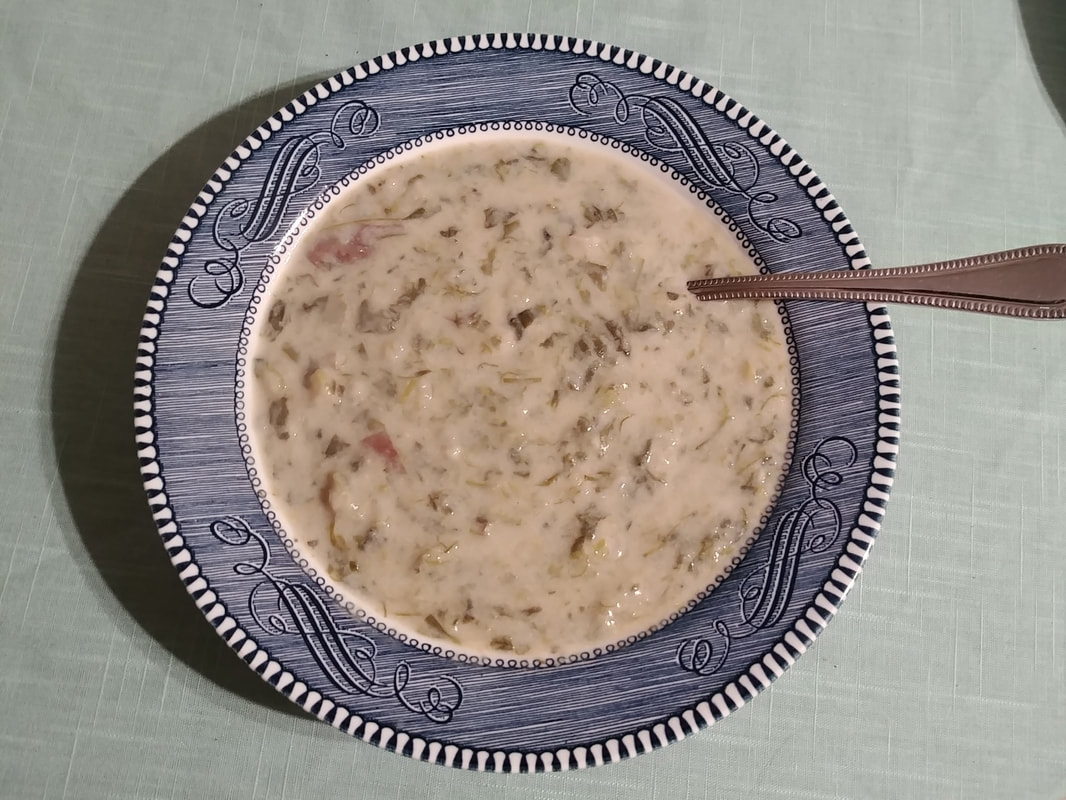
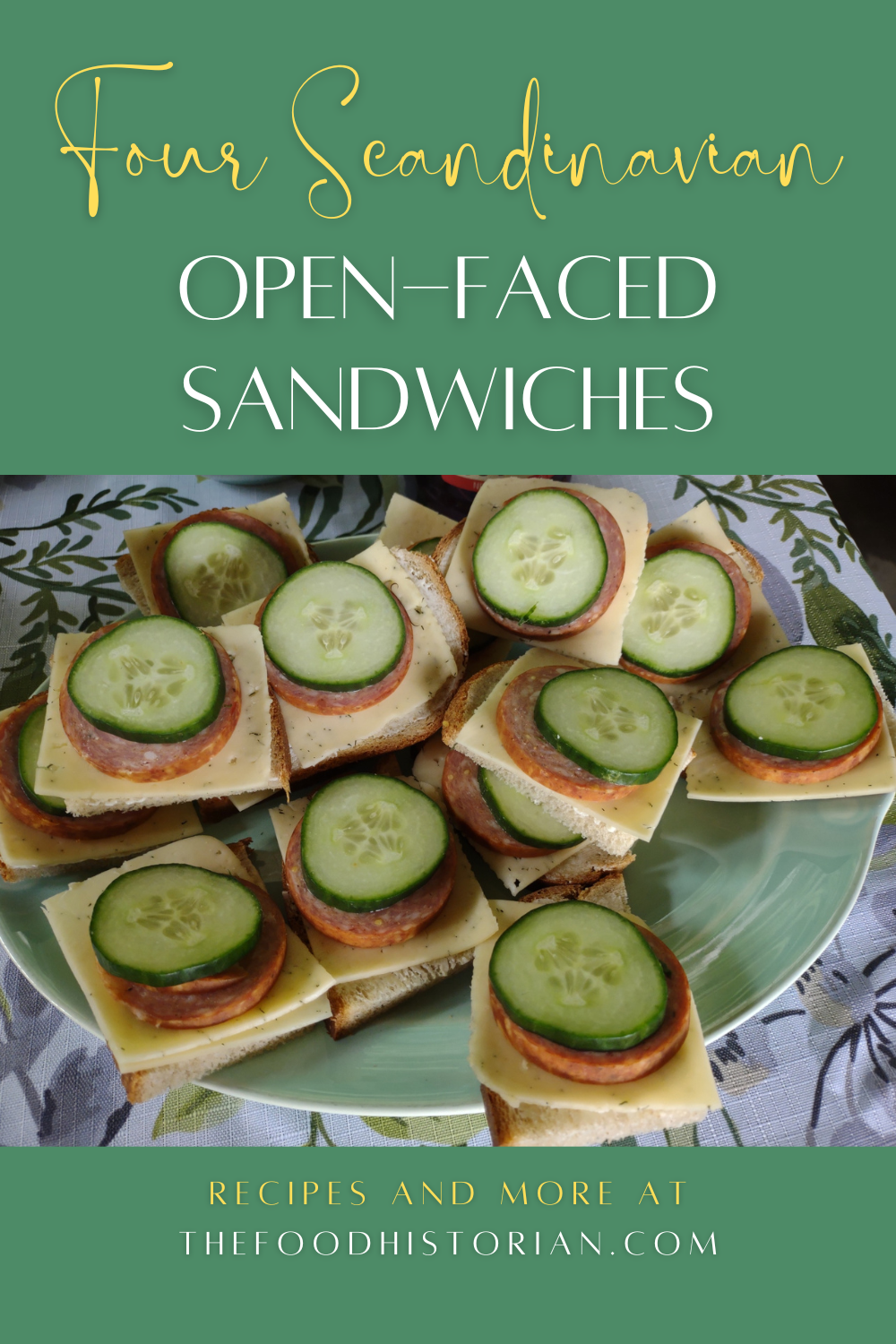
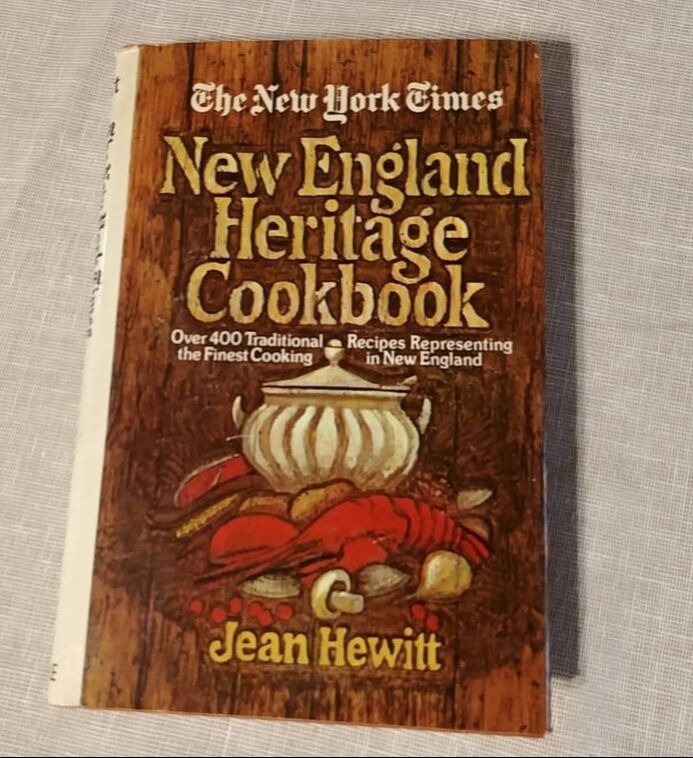
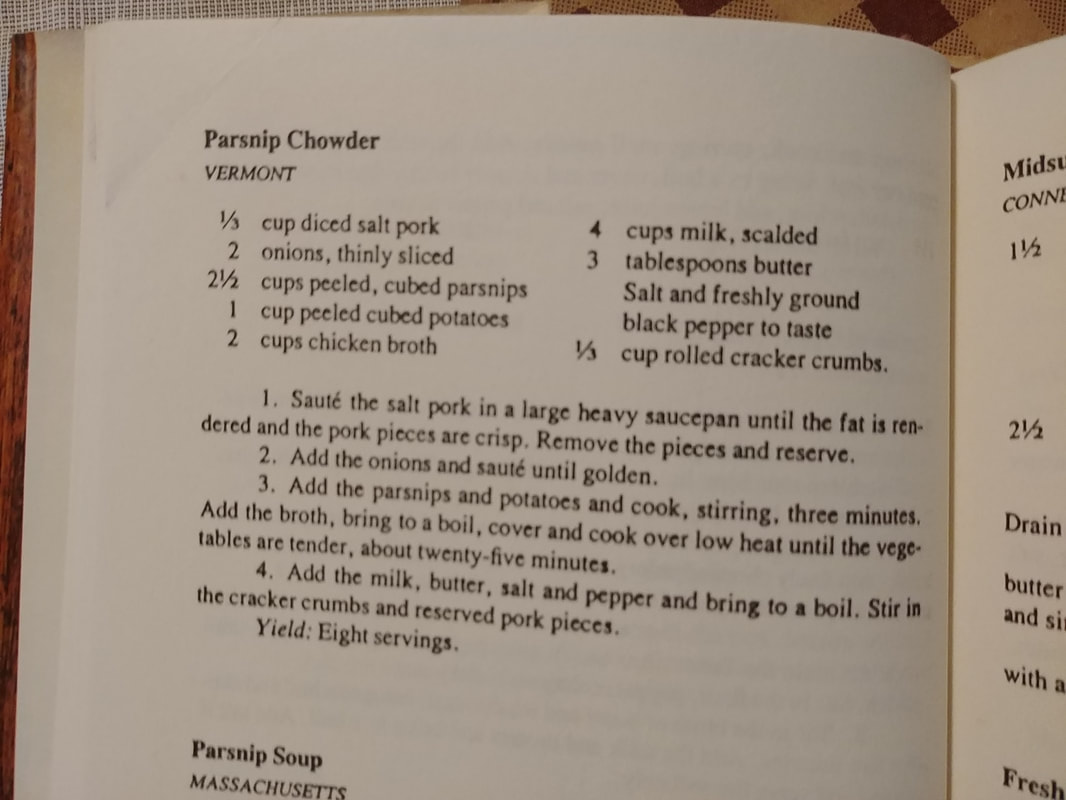
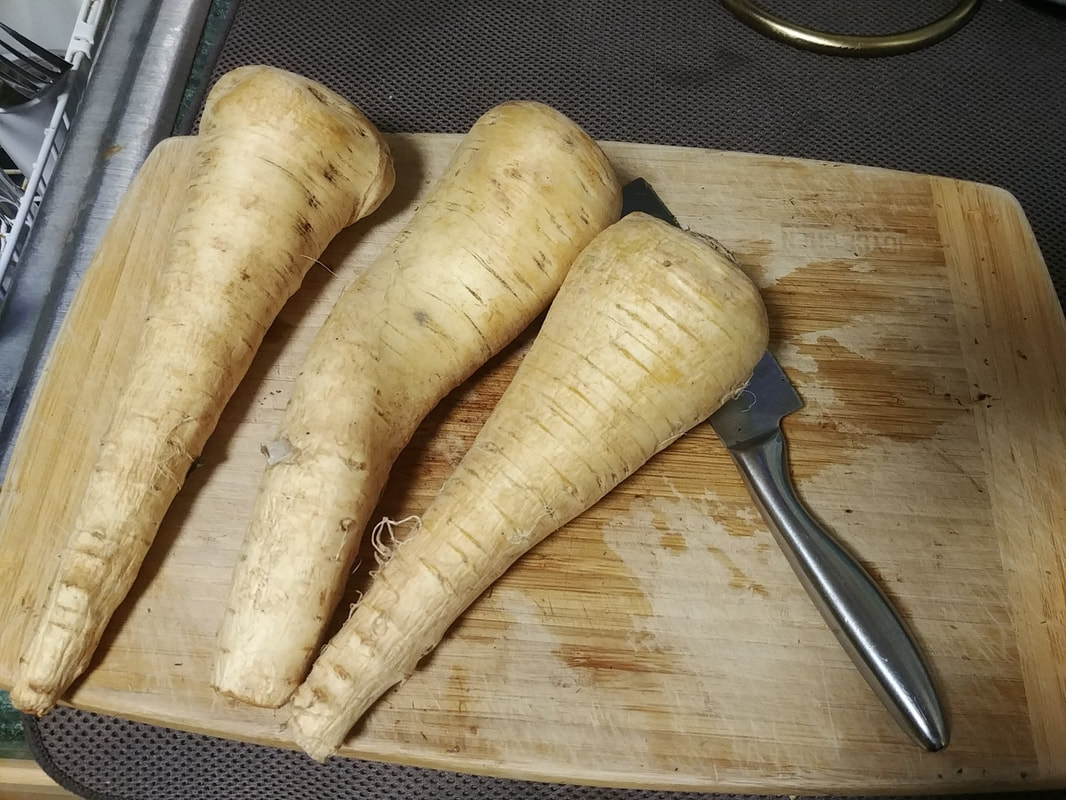
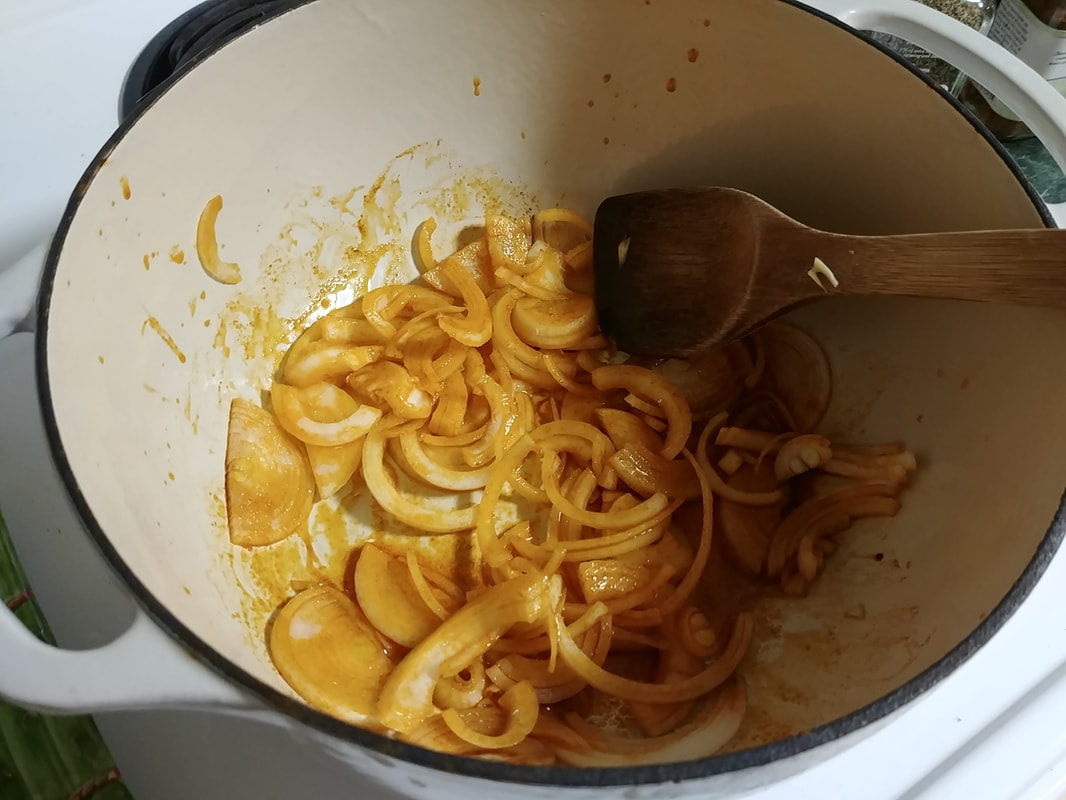
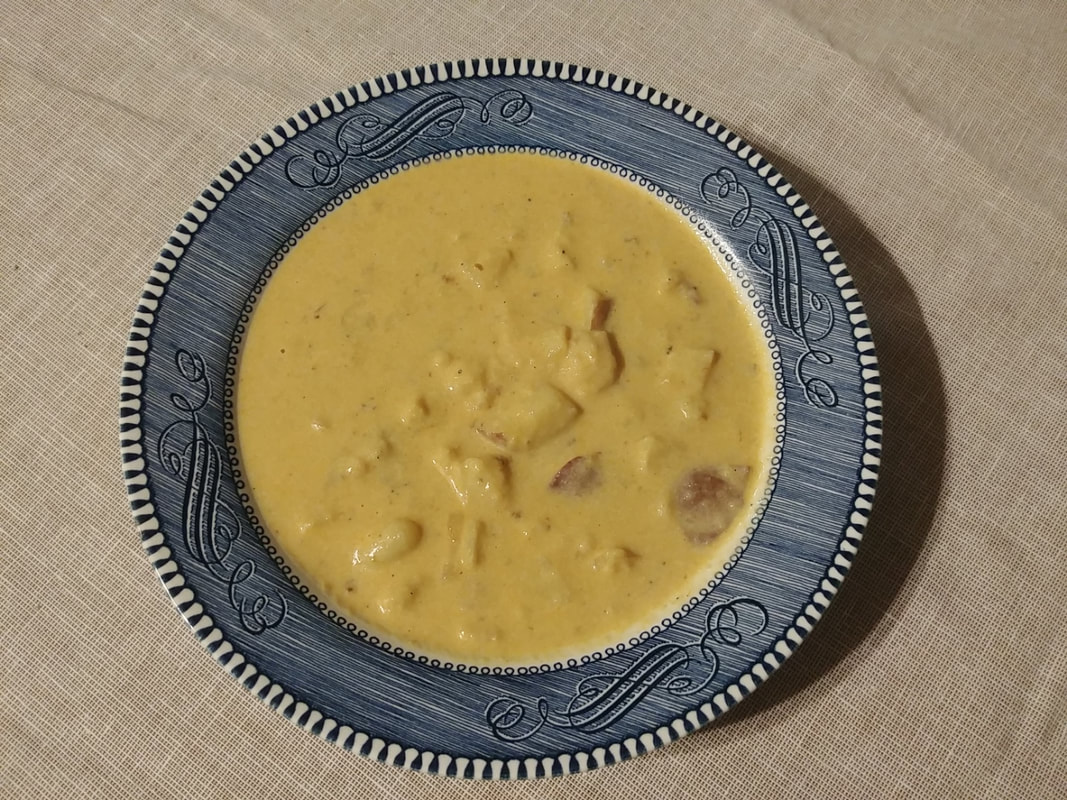
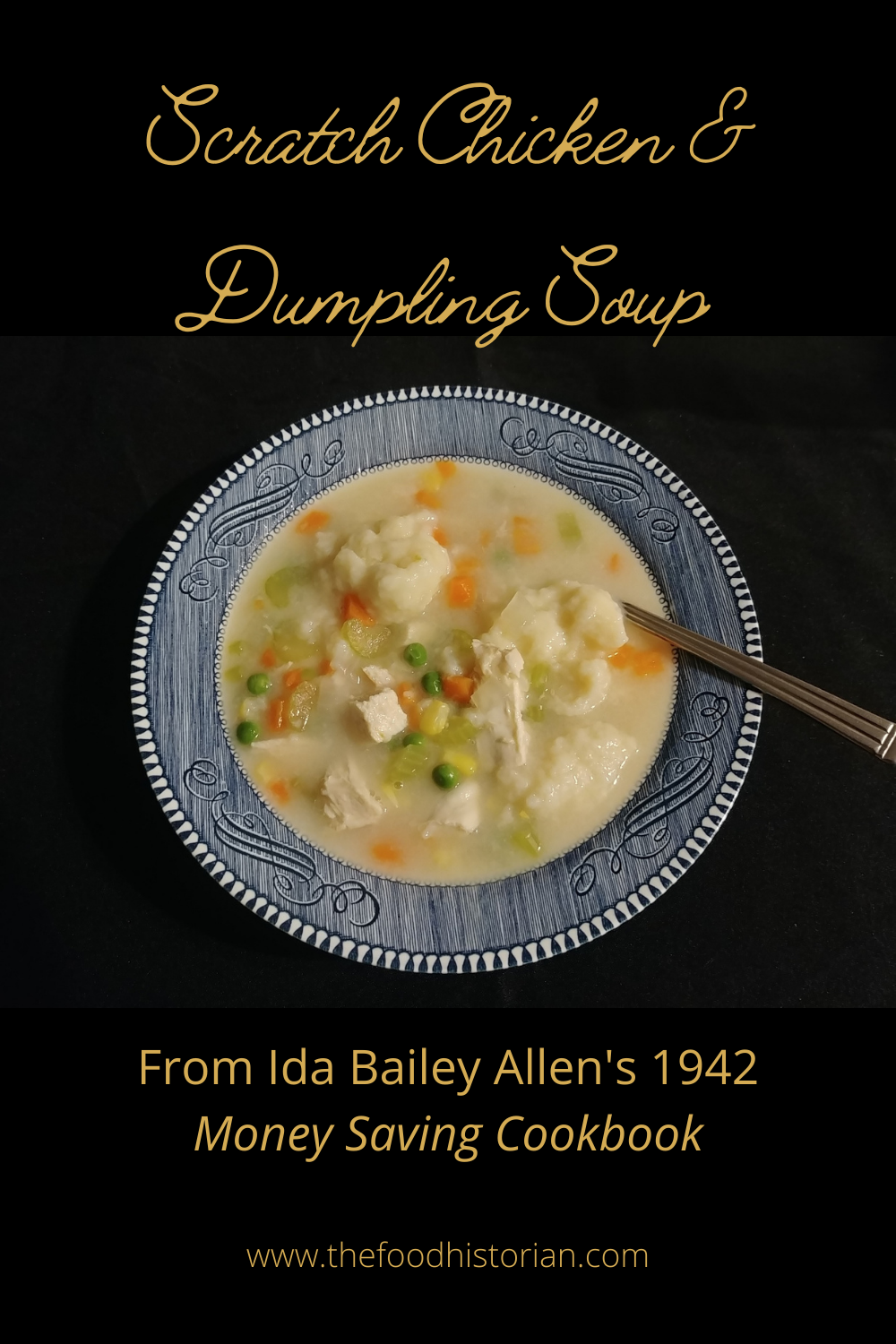
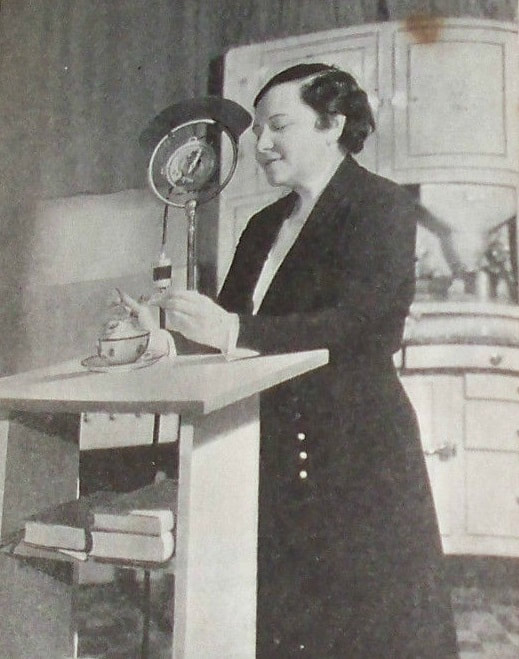
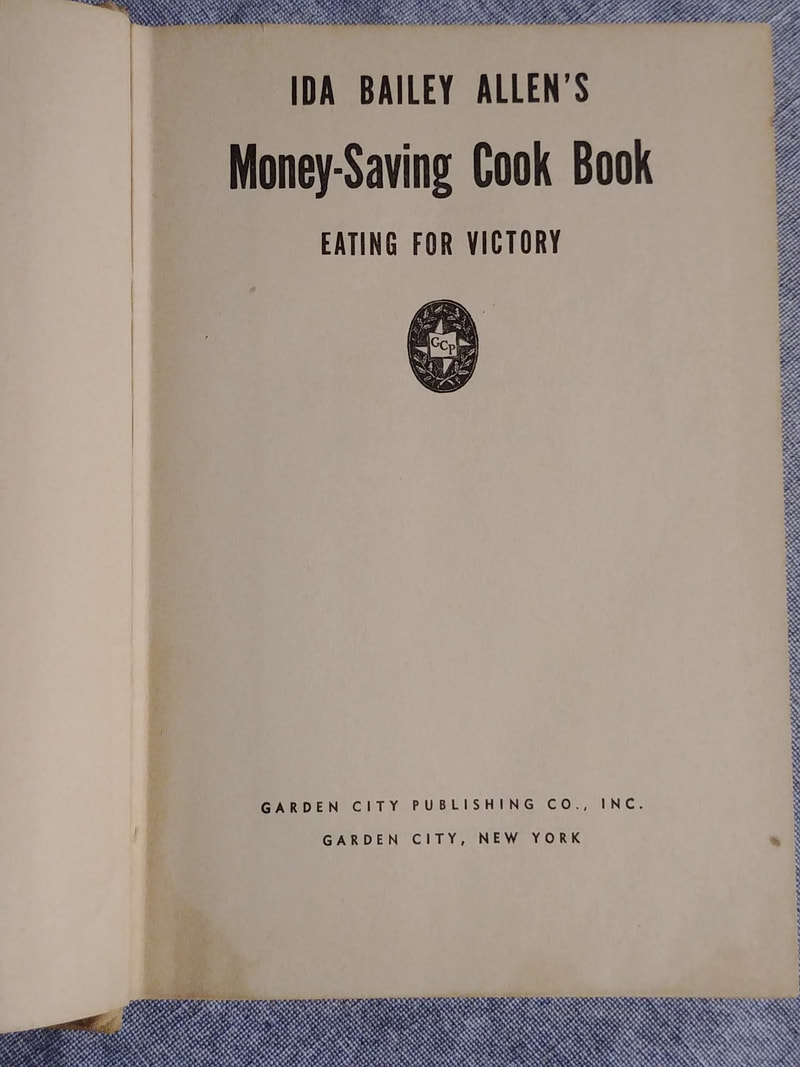
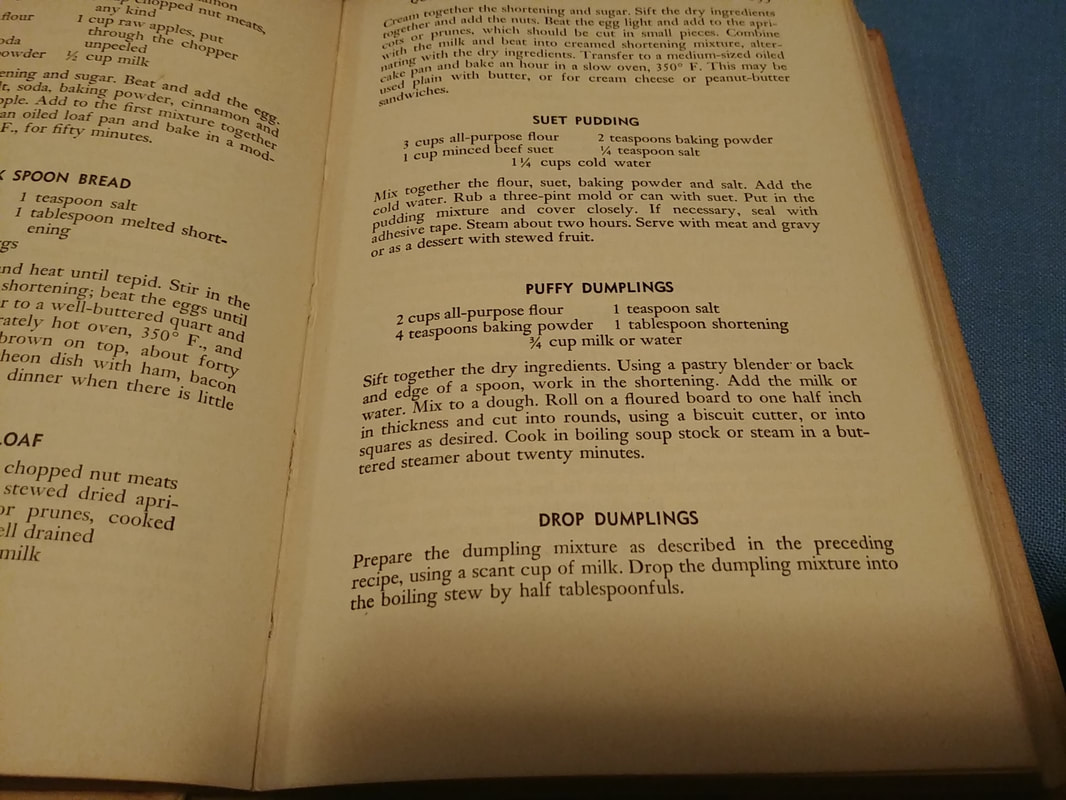
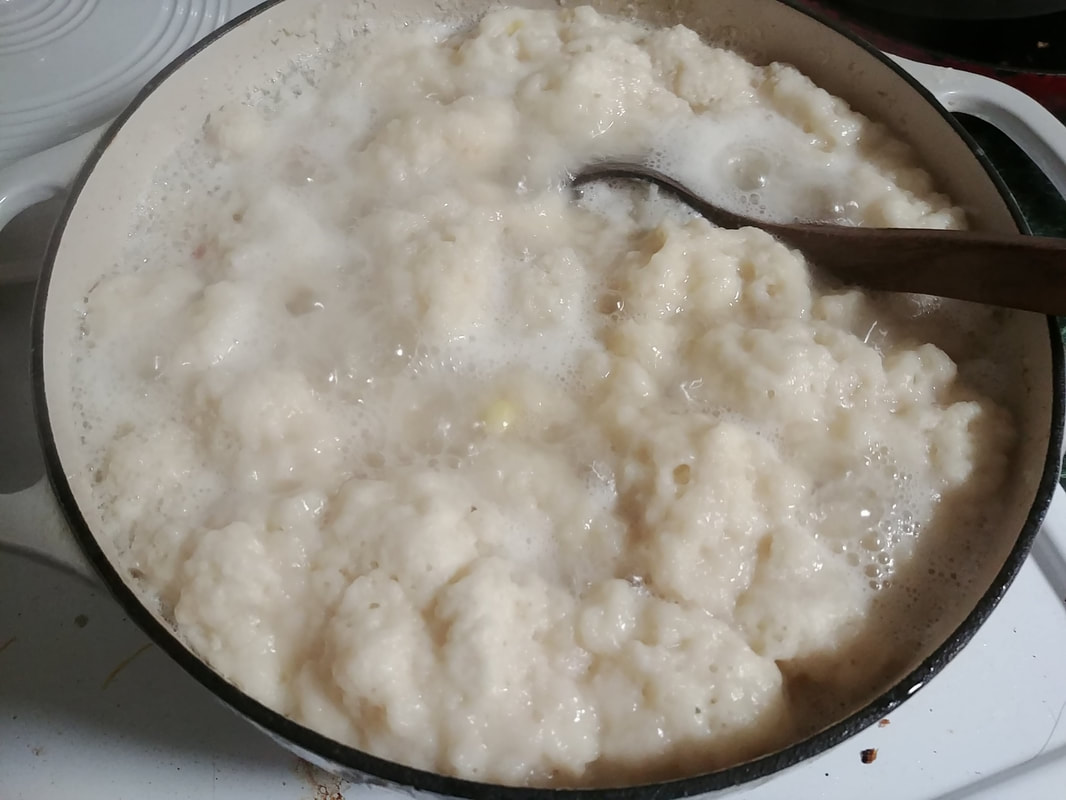
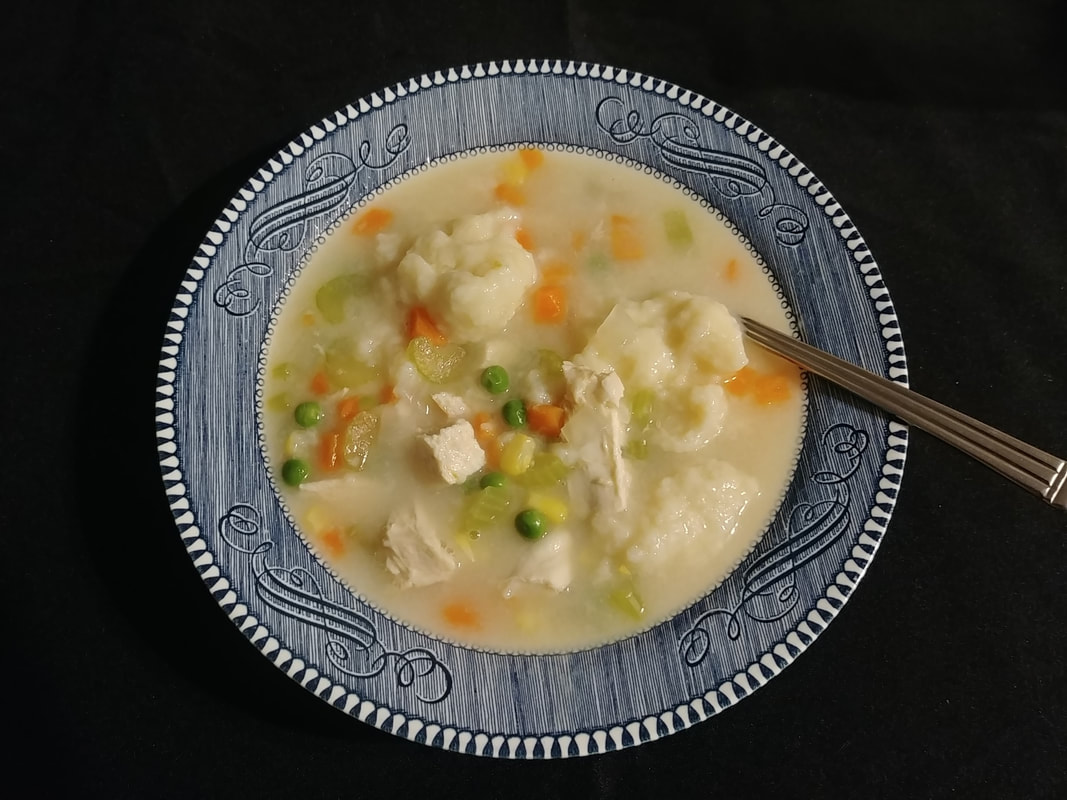

 RSS Feed
RSS Feed